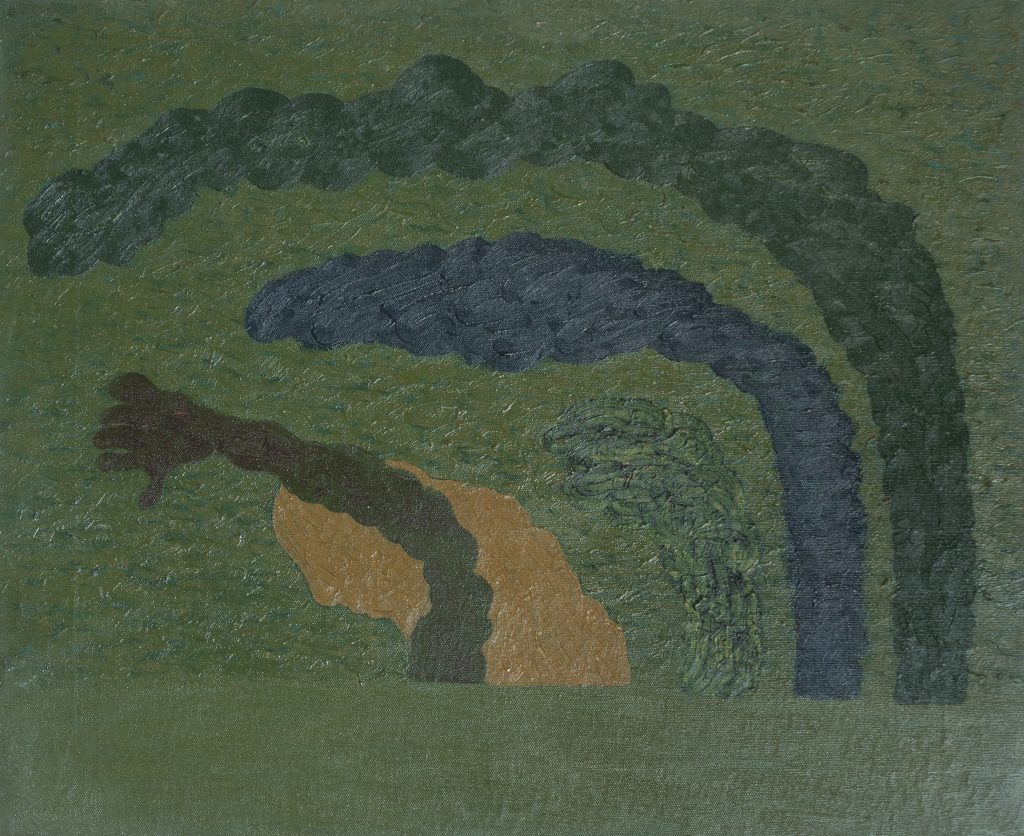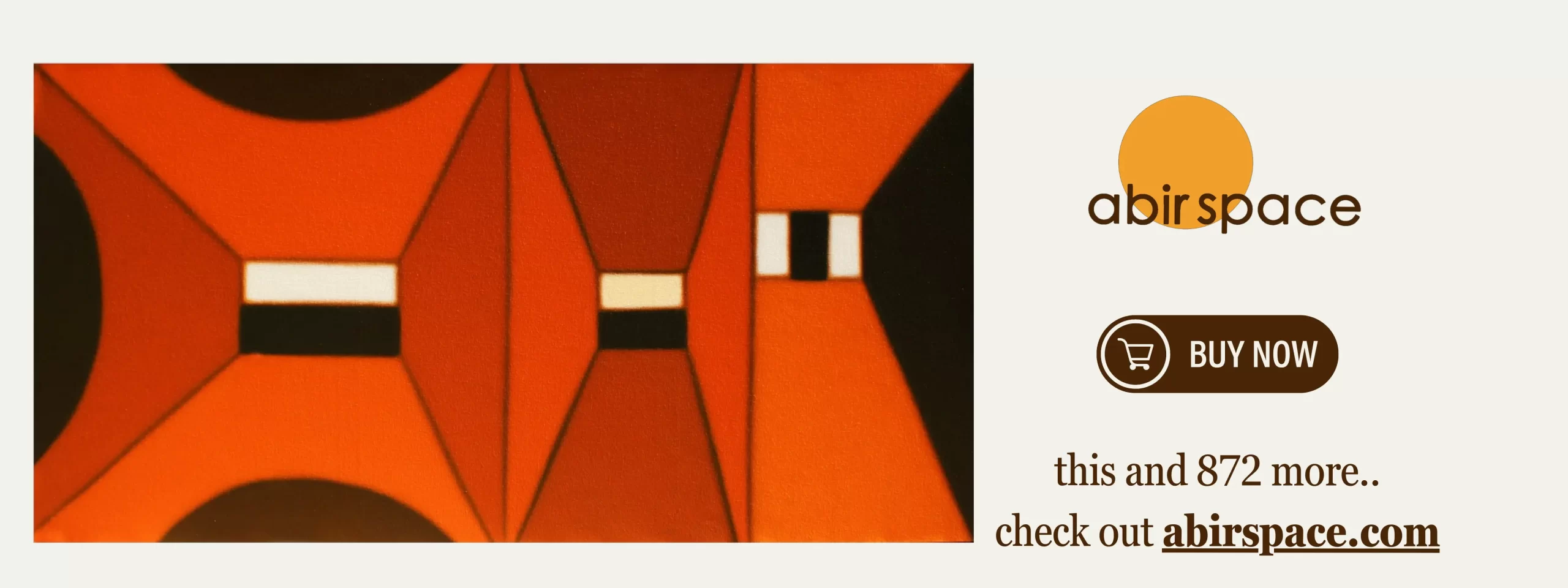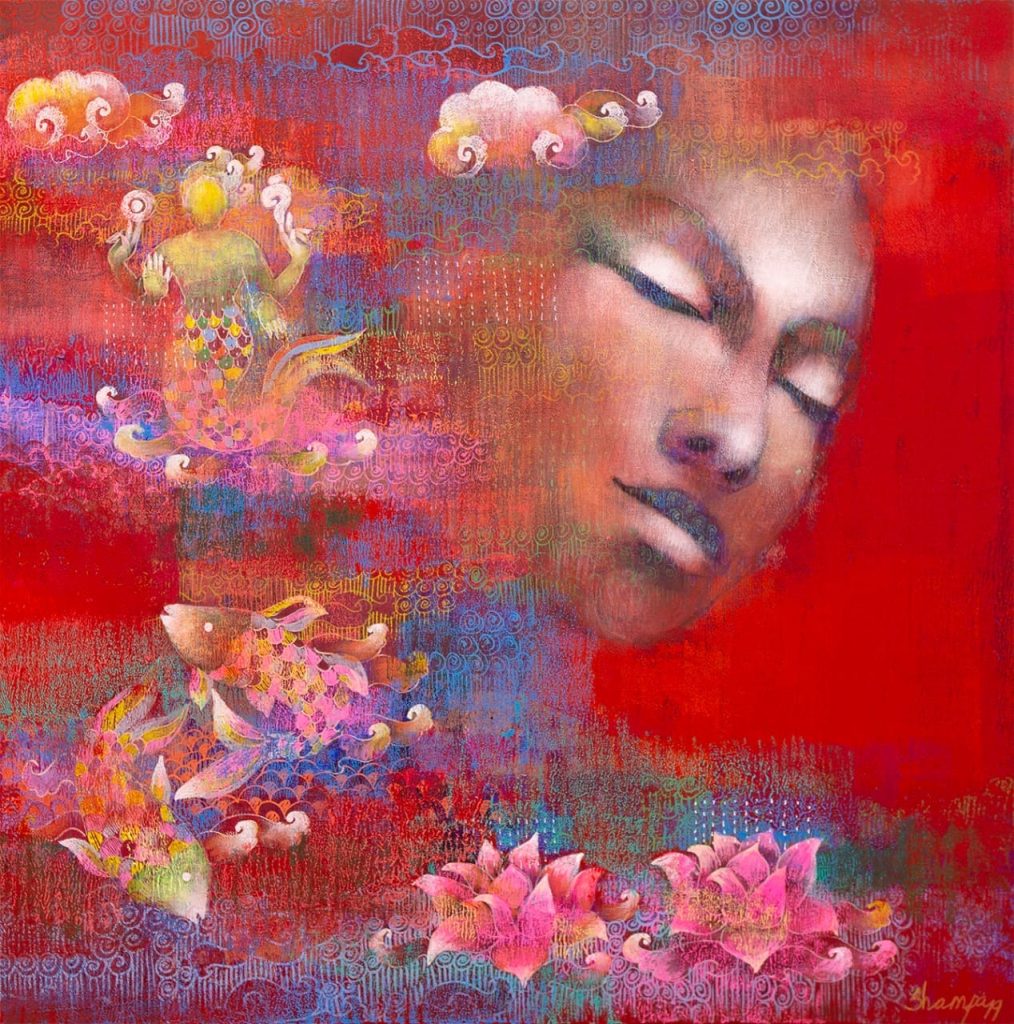Shrine Empire and Art Exposure will showcase a focused selection of works by Delhi-based artist Amitava in the Spotlight section of Frieze Masters, featuring pieces primarily from a transformative decade in his practice.
The presentation centers on Amitava’s work from the 1970s, a period that marked a significant shift in the artist’s approach. Born in 1947, the year of India’s independence, Amitava came of age during a time of national uncertainty, with Cold War tensions shaping the geopolitical landscape. After graduating from the Delhi College of Art in 1972, he moved away from earlier introspective explorations to examine the complex relationships between human experience and the external world.
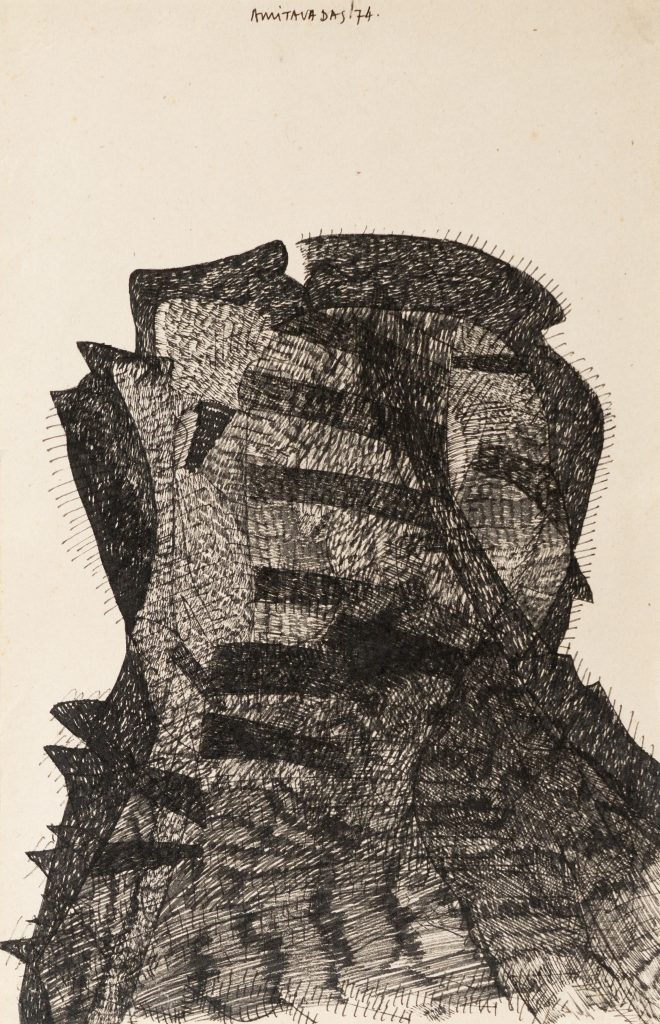
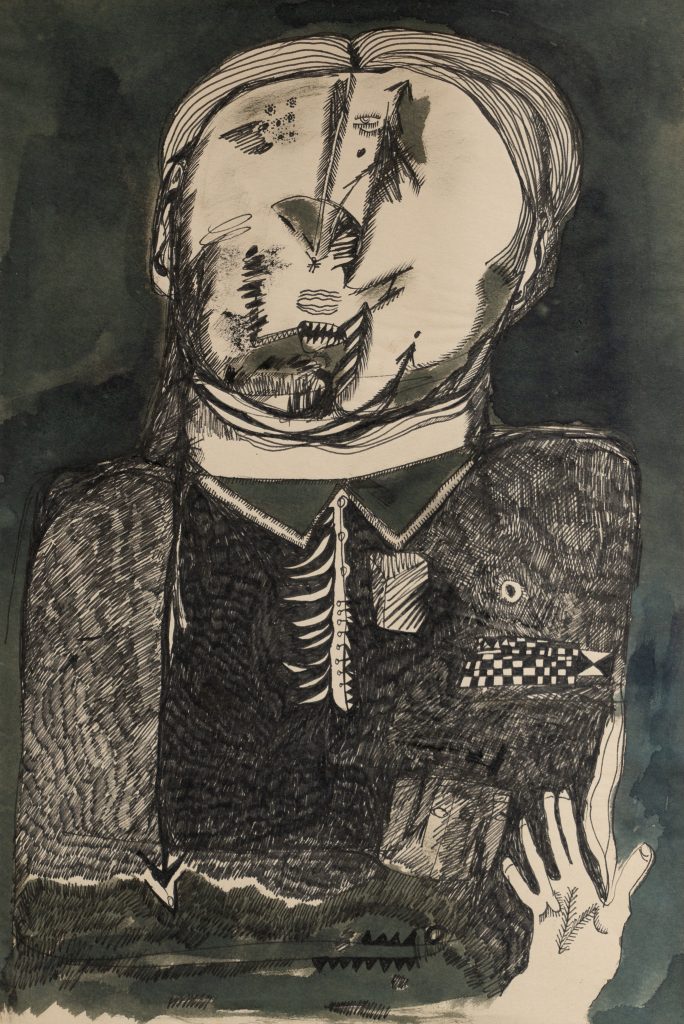
Artworks featured: Amitava Das | Untitled 5 | 1974 & Untitled 103 | 1070’s
Two distinct yet interconnected bodies of work emerged during this pivotal decade. The first revisits Amitava’s childhood in Shimla, where mountainous landscapes and natural environments become settings for exploring humanity’s interconnection with the natural world. These works reflect the growing ecological consciousness of the 1970s, depicting human existence as fundamentally intertwined with both animate and inanimate elements of nature.
Simultaneously, Amitava created politically charged works responding to India’s position as a Soviet-leaning, Non-Aligned nation navigating between capitalist consumerism and revolutionary ideals. These pieces draw unconsciously from the era’s student movements, protest cultures, and the renewed popularity of Che Guevara, while also reflecting the influence of Bengali poets Jibananda Das and Shakti Chattopadhyay.
Working across watercolors, oils, and pastels, Amitava’s practice is characterized by solitary figures within densely rendered spaces, exploring existential themes influenced by Sartre and Camus. His work examines humanity as both creator and destroyer, fusing natural and artificial elements to reveal inner struggles within difficult times.
In the 1970s, Amitava co-founded the New Group, a Delhi-based artists’ collective, and taught at Jamia Millia Islamia and other institutions. He received the National Award in 1976 and has since exhibited internationally, with works held in collections including the National Gallery of Modern Art, Delhi, and the Society of Contemporary Art, London.
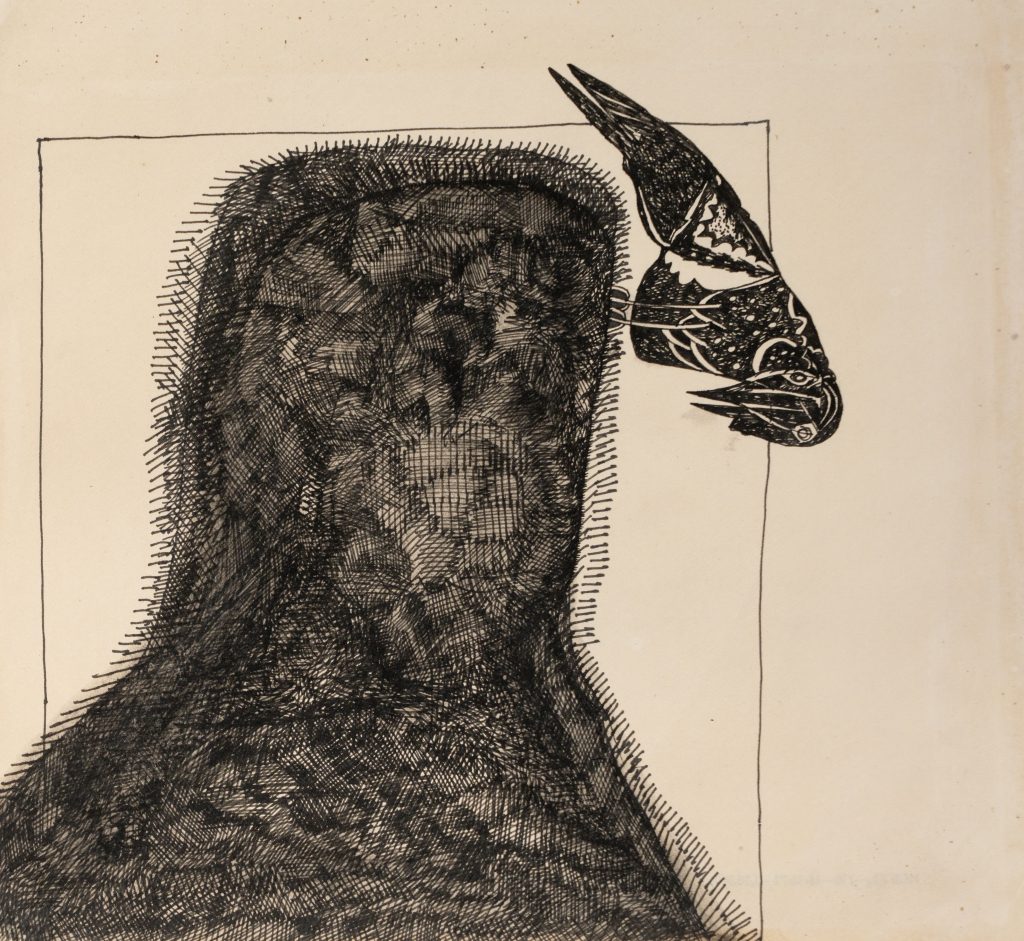

Artworks featured: Amitava Das | Untitled 80 | 1970’s & Yellow Cloud | Late 1970’s
His most recent solo exhibition, “In Another Time That is Now,” was held at Bikaner House, New Delhi in 2024, a collaboration between the presenting galleries.
The Frieze Masters presentation represents a rare opportunity to view works from this crucial period in Amitava’s six-decade career, offering insight into an artist grappling with India’s post-independence identity during a decade of global political and environmental awakening.
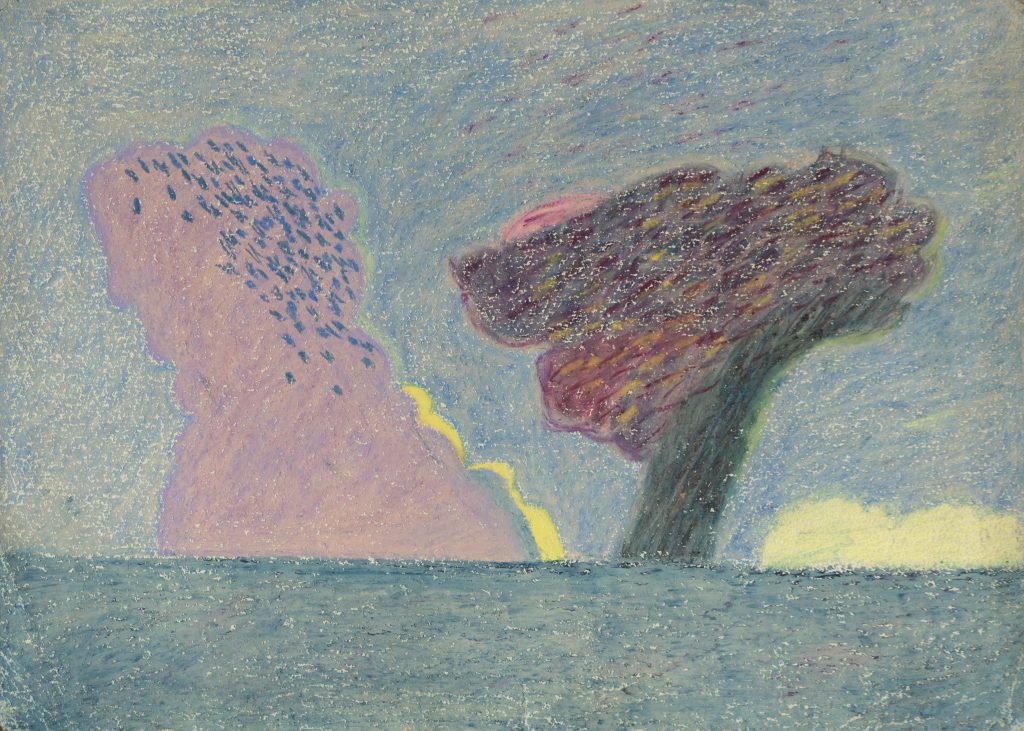
About the Presenting Galleries
Shrine Empire, founded in 2008 by Anahita Taneja and Shefali Somani, has established itself as a leading voice in promoting South Asian artists whose work emphasizes process, research, and conceptual approaches to media and material. The New Delhi gallery’s programming explores intersections between aesthetics and social and political concerns, creating curated exhibitions and commissioned projects. Shrine Empire has participated in major international art fairs including Art Basel Hong Kong, Art SG, Artissima, Asia Now Paris, and Art Dubai. The founders were recently honored with the Officier dans l’Ordre des Arts et des Lettres by the French government and operate the non-profit Prameya Art Foundation.
Art Exposure, based in Kolkata, focuses on advancing critical conversations around South Asian art, bridging historical practices with emerging voices. In 2024, the gallery moved into a new 7,000-square-foot space dedicated to sustained dialogue on modern and contemporary art practices. Beyond exhibitions, Art Exposure produces publications and catalogs featuring critical essays, scholarly writing, and archival insights that contribute to global discourse on South Asia’s artistic heritage.
Cover Image: Amitava Das | Untitled | 1970’s
Contributor

